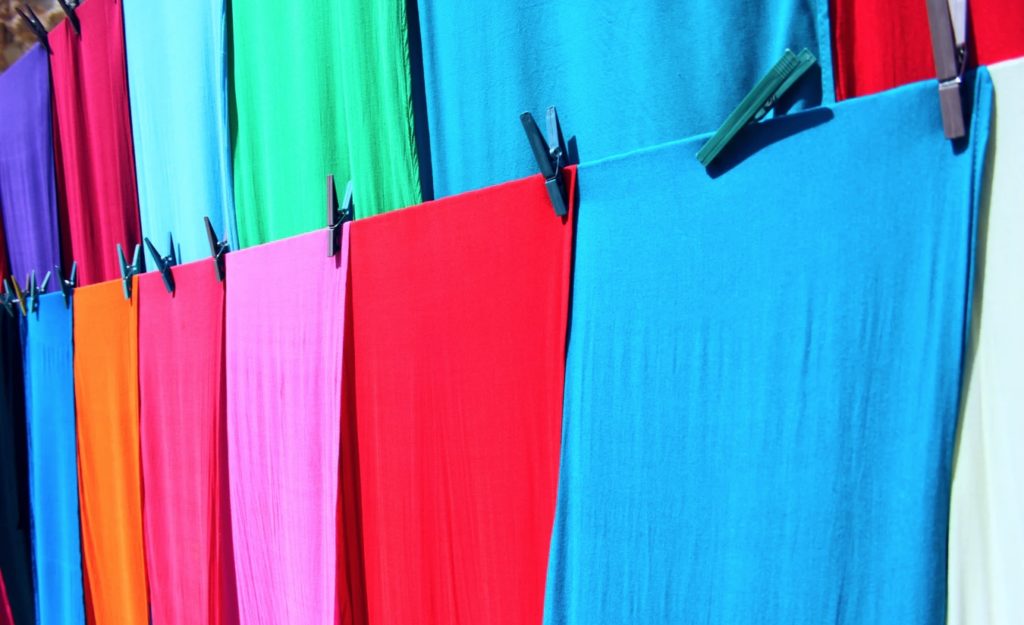 Look down at your shirt. Have you ever considered where or how it got its colour? Unfortunately, dyeing is one of the most harmful steps of the clothes-making process.
Look down at your shirt. Have you ever considered where or how it got its colour? Unfortunately, dyeing is one of the most harmful steps of the clothes-making process.
The amount of water it uses is a strain on natural resources and the chemicals from synthetic dyes have catastrophic effects on land and air. Often, toxic dye waste is dumped into freshwater, killing fish and aquatic life. Dye-polluted water becomes undrinkable and is linked to cancers and long-term health issues. Garment workers are at higher risk of health complications from the toxic fumes. Finding a safer and greener way to colour our clothing is not only an environmental issue, it is about human rights as well.
Many fashion designers and textile artists recognise the urgent need to replace these chemicals. We also know that more and more fashion lovers are becoming conscious of the carbon footprint of their wardrobe, like Katrina Orsini.

Katrina Orsini
Katrina entered the fashion world with a specific love for fabrics and how they are made. At Parsons design school and as a Smithsonian Fellow working with textiles at the Cooper Hewitt museum she learned about the damage caused by the fashion industry and the designers working to fix it. Her AtlasChart celebrates the companies designing for a colourful – and clean – fashion future by combining their love for colour with the possibilities of the natural world through biology. “We can deliver colourful wardrobe options without toxins, pollutants, or harm – and I want to shine a light on the work of these innovators.”
1. Faber Futures, London, England

“One of my favorite things about this project is the level of control bacteria offers. You can get a uniform dye or you can allow the life of the bacteria and the growth of the colony to determine the pigment pattern which is my preference. I think that is a beautiful metaphor for the harmony possible through biodesign.”
2. TômTex, New York City, United States

“This project is made special by the way in which designer Uyen Tran carries her home and memories with her and imbues them into her design no matter where she is. It is a reminder that fixing the problems in the fashion industry is a global issue and a global responsibility. It is not localised.”
► Brown from coffee and shellfish waste
3. SauColors, Bogotá, Colombia

“Often the biggest sources of inspiration come from the things we encounter everyday. Sometimes we overlook the possibilities of the natural world even when they exist right in front of us. I love that Luis recognised the blueprint for colour that nature had left right in front of him.”
4. Algaeing, Beit Yizhak, Israel

“When you really fall in love with your clothes, you know that wearing them is not an unconscious act, nor should it be a passive act. I love that this project is not only good for the earth, but it is good for the body of the wearer by releasing antioxidants, vitamins, and minerals. The idea that the fashion industry can transform from harmful to a sort of symbiosis between skin and earth just shows how much is possible if we put our minds to it.”

